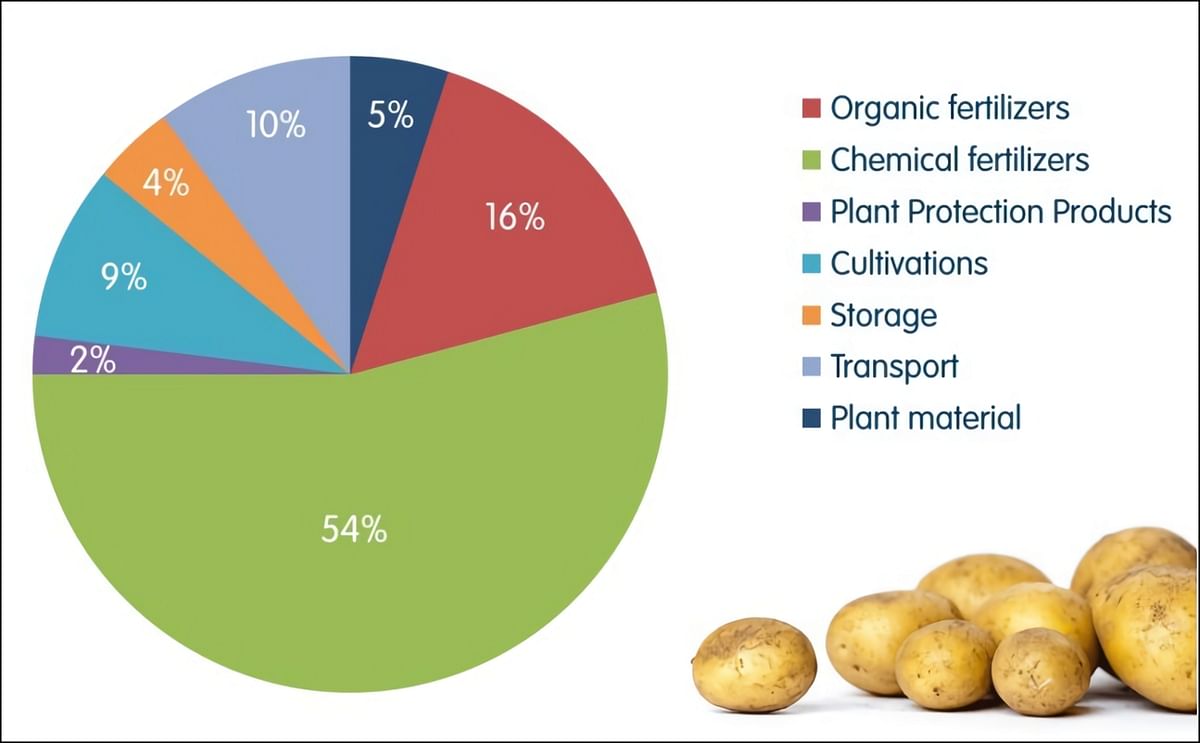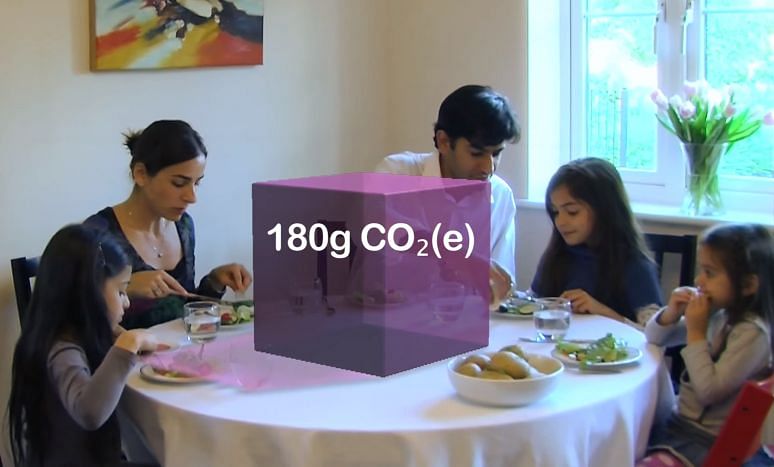Breakdown of the carbon footprint of potatoes - grown in Europe in 2016, for processing (Courtesy: Lamb Weston Meijer)
Research: How can we increase fertilizer efficiency?

Farmers know the importance of keeping the land, water and air healthy to sustain their farms from one generation to the next. They also know that a clean environment and a strong economy go hand-in-hand.
Carla Qualtrough, Member of Parliament for Delta and Minister of Public Services and Procurement, last week announced a $1.8 million investment with the University of British Columbia to determine carbon sequestration and GHG emissions, and develop beneficial management practices (BMPs) for increasing the efficiency of fertilizer use in blueberry, potato and forage crops.
This project with the University of British Columbia is one of 20 new research projects supported by the $27 million Agricultural Greenhouse Gases Program (AGGP) a partnership with universities and conservation groups across Canada. The program supports research into greenhouse gas mitigation practices and technologies that can be adopted on the farm.
Carla Qualtrough, Member of Parliament for Delta and Minister of Public Services and Procurement:
"Science and innovation will be our greatest allies in helping the agriculture industry to meet the challenges of climate change."
"Climate change and sustainability are key priorities for our government and this project with the University of British Columbia will help farmers adopt sustainable practices that will strengthen local farms and protect the planet."
Dr. Rickey Yada, Dean, Faculty of Land and Food Systems, UBC:
"This project will provide new science-based knowledge on net GHG emissions by accurately measuring GHG emissions and developing mitigation technologies for blueberry, potato and forage crops in the Lower Fraser Valley.”
“The research team will use state-of-the-art instrumentation and automated measurement techniques to quantify annual GHG emissions.”
“While the specific research objectives are targeted to fill regionally identified gaps in knowledge, they will be applicable more broadly to similar agricultural production systems across Canada and Global Research Alliance member countries."
The Agricultural Greenhouse Gases Program covers four priority areas of research: livestock systems, cropping systems, agricultural water use efficiency and agro-forestry.
The new AGGP investments will continue to support the work of the Global Research Alliance (GRA) on Agricultural Greenhouse Gases, which brings together 49 countries to find ways to grow more food without growing greenhouse gas emissions.
The 20 new research projects supported by the Agricultural Greenhouse Gases Program span from coast-to-coast, from the University of British Columbia to collaborative research with conservation groups in New Brunswick and Prince Edward Island. They range in scope from studying irrigation practices that can help reduce GHG emissions in B.C. to planting willow trees in areas irrigated by rivers in the Atlantic as a means to sequester carbon.












